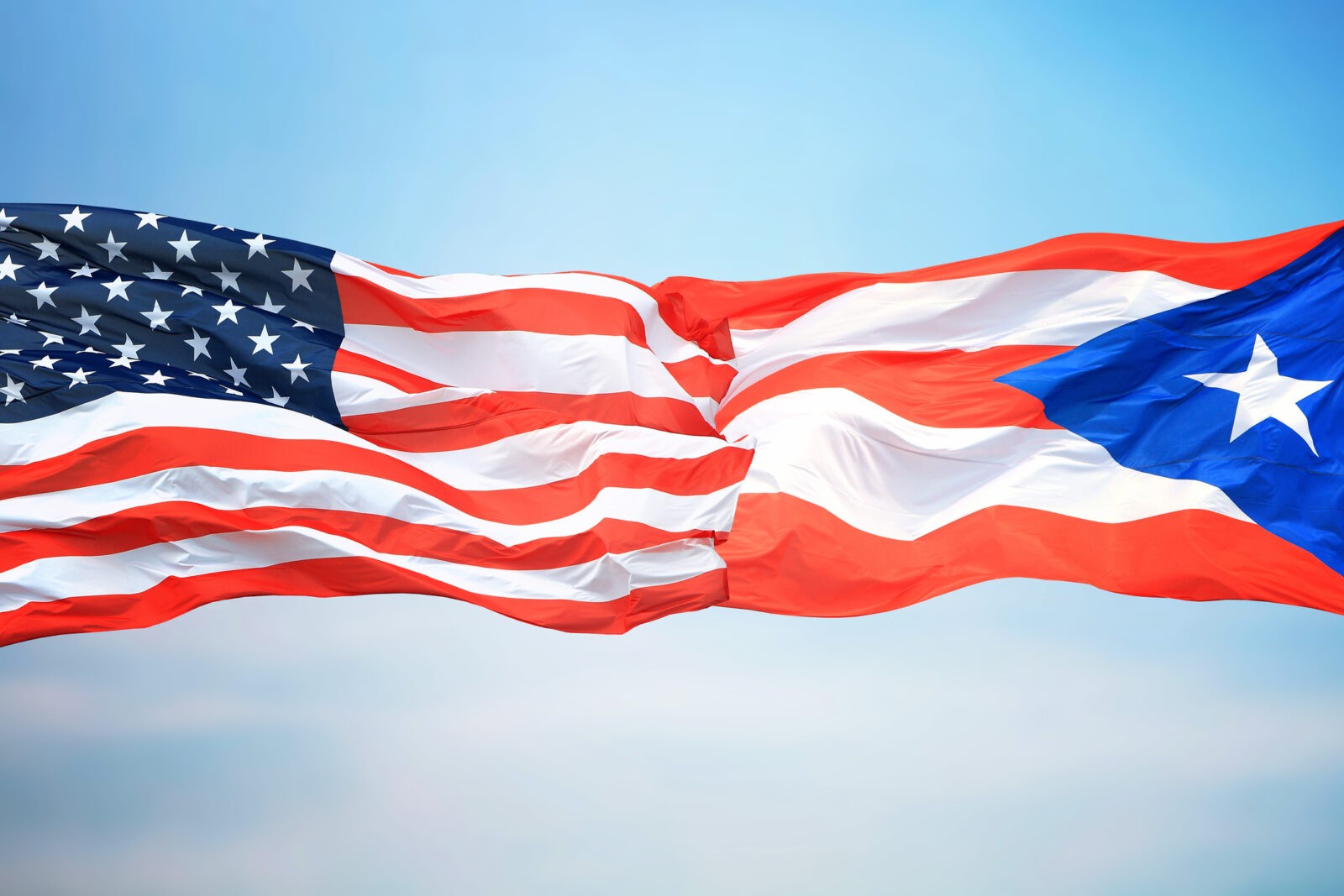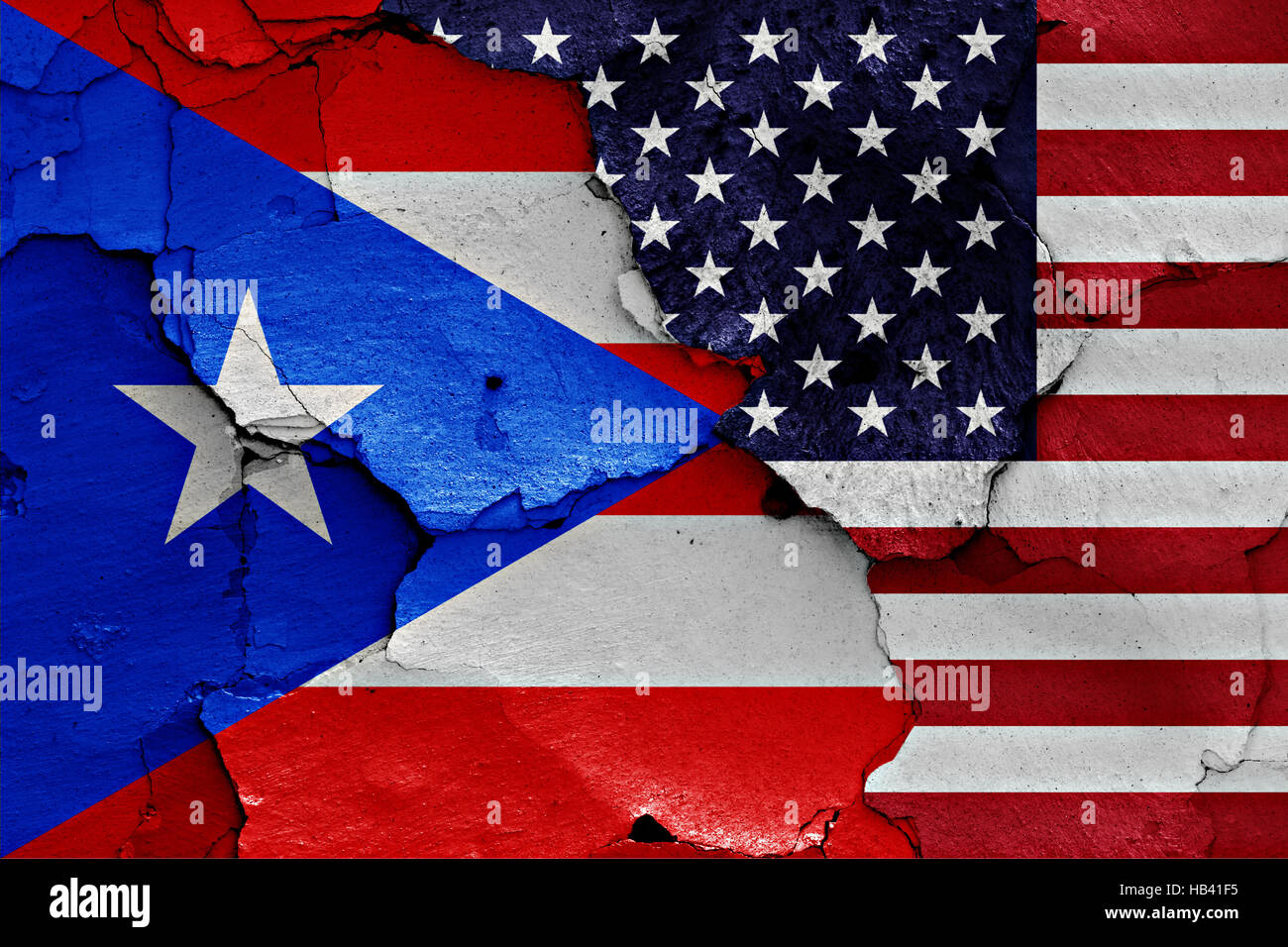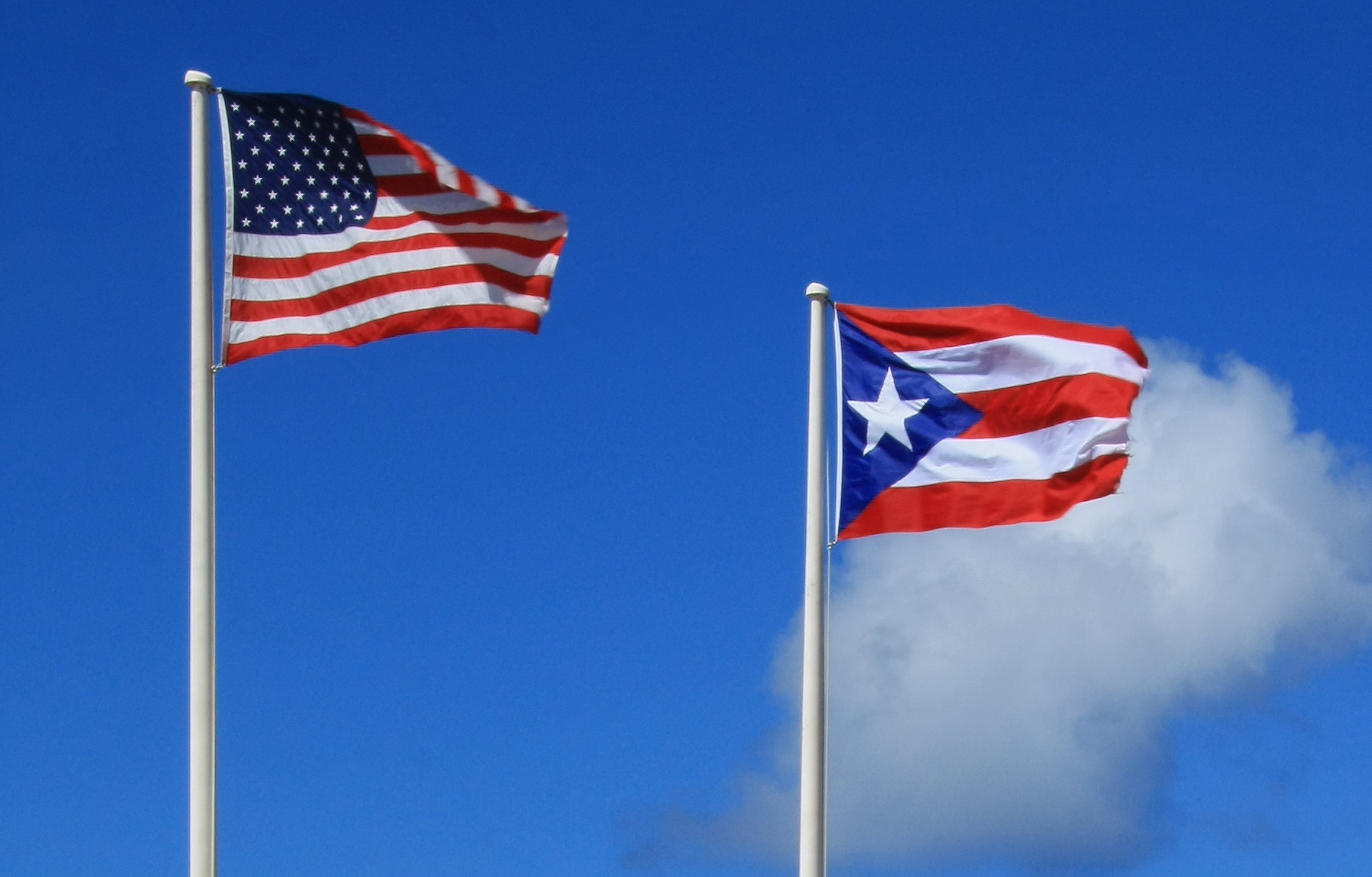What does a flag, a seemingly simple piece of cloth, truly represent? For the people of Puerto Rico, their flag, La Bandera de Puerto Rico, is a powerful emblem of identity, resilience, and the enduring spirit of a nation.
The vibrant colors and meticulously designed elements of the Puerto Rican flag are not mere aesthetics; they are laden with historical significance and symbolic meaning. The flag, which officially came into being on December 22, 1895, has served as a potent symbol of Puerto Rican pride, a visual testament to the island's unique cultural heritage, and a beacon of hope for its people. Its design, bearing a resemblance to the Cuban flag, with inverted colors, was a conscious choice made by Puerto Rican patriots who sought to express their desire for independence from Spain during the late 19th century. The flag's evolution has mirrored the island's complex history, reflecting its aspirations, its struggles, and its evolving relationship with the United States.
| Feature | Details |
|---|---|
| Official Name | Flag of Puerto Rico (La Bandera de Puerto Rico) |
| Design | Five horizontal stripes: three red and two white. A blue equilateral triangle on the hoist side, with a white star in the center. |
| Colors and Symbolic Meaning |
|
| Designer (Debated) | Don Manuel Besosa (Evidence suggests, but not definitively proven.) |
| Date of Adoption | December 22, 1895 |
| Current Status | Official flag of the unincorporated territory of the United States, Commonwealth of Puerto Rico |
| Similar Flags | Shares design influence with the Cuban flag. |
| Color Codes (Approximate) |
|
| Flag Dimensions | Standard flag size: 3 feet x 4.5 feet (width is 1.5 times the height) |
| Historical Significance | Represents the struggle for independence, identity, and resilience of the Puerto Rican people. |
| Related Symbols | Grito de Lares Flag, Municipal Flags. |
The flag's design, as mentioned, draws heavily from the Cuban flag, a visual declaration of shared revolutionary ideals and aspirations for independence from Spanish colonial rule. The use of a blue triangle and white star, a configuration borrowed from the Cuban flag, symbolizes the islands aspiration for self-determination and sovereignty, as well as its strong cultural and historical connections to Cuba. These shared symbols were a way to create a unified front and express a desire for independence.
It is essential to note that the shades of blue used in the flag's construction are not rigidly defined by any specific statute. The Puerto Rican law does not provide explicit color values, leaving room for variance in manufacturing. However, the flags and anthems manual for the London 2012 Olympic Games offered Pantone color specifications for the Puerto Rico flag. The shade of blue can vary, and one can find versions employing everything from a dark, navy blue to a lighter, sky blue. These variations, while present, do not alter the fundamental meaning or significance of the flag. It is worth noting that in more recent times, the blue tone has been updated to a shade of blue closer to the blue of the American flag, this change reflecting the island's current political status.
The five horizontal stripes on the flag represent the different sectors of the island and were chosen to be three red stripes to represent the blood and the sacrifices made in the struggle for independence. The white stripes signified peace and freedom. The blue triangle symbolizes the sky and the coastal waters that surround the island, with the white star representing Puerto Rico itself. This flag, originally intended as a symbol of the island's quest for independence from Spain, has become a symbol of pride, identity, and resilience. Since the flag's formal adoption, Puerto Rico has maintained the same flag. The flag's symbolic elements, specifically the blue triangle and white star, now represent Puerto Rico's commonwealth status within the United States.
When it comes to the display of the Puerto Rican flag, the United States Flag Code provides guidelines. In the context of a procession, it dictates that if carried with other flags, the Puerto Rican flag should be positioned either on the marching right (the flag's own right) or in front of the center line. This is a significant detail; it underscores the respect afforded to the flag and highlights its place of honor. The code doesn't specifically govern Puerto Rico's flag, as it is a commonwealth of the United States, not a state. The code primarily outlines how to display the flag of the United States. However, given Puerto Rico's relationship with the U.S., these guidelines for flag display may be followed. The size of the flag can vary but is often found as a 3 feet by 4.5 feet standard. Additionally, Puerto Rican flags are often sold as 8 x 12 flags and with nylon rope instead of grommets, further adding to the flags unique character.
In the world of vexillology (the study of flags), the Puerto Rican flag has garnered considerable recognition. In 2001, it was ranked 7th out of 71 flags by the North American Vexillological Association, highlighting its appealing design. The flag's bold colors, meaningful symbols, and overall aesthetic have ensured its prominence. The primary colors of the Puerto Rican flag red, white, and blue are consistently displayed in various mediums, including flags, patches, and digital representations. The vibrant colors are also evident in other contexts, such as the "Puerto Rican Red" crayon introduced by Crayola in 2001. These colors are also frequently used to make iron-on patches. These patches are 100% digitally embroidered.
The creation of the Puerto Rican flag involves several factors, and there are some different theories regarding the designer of the flag. Reviewed documents support Don Manuel Besosa as the designer of the flag. However, there are other theories as well. In a letter from his daughter, it is written that he instructed her to sew pieces of white, red, and blue ribbon to create the flag. Whatever the origin, the flag's design, with its five horizontal stripes and blue equilateral triangle, represents the island's identity and spirit.
The flag is not merely a piece of cloth but a potent symbol of identity. From its inception to its use in parades, world cups, and international events, the Puerto Rican flag has remained a constant reminder of the island's rich cultural history and the enduring spirit of its people. The flag is a living emblem, constantly representing the heritage and resilience of the Puerto Rican people.


